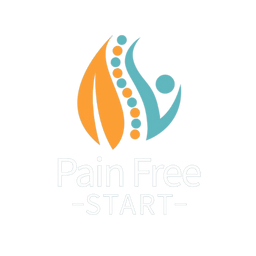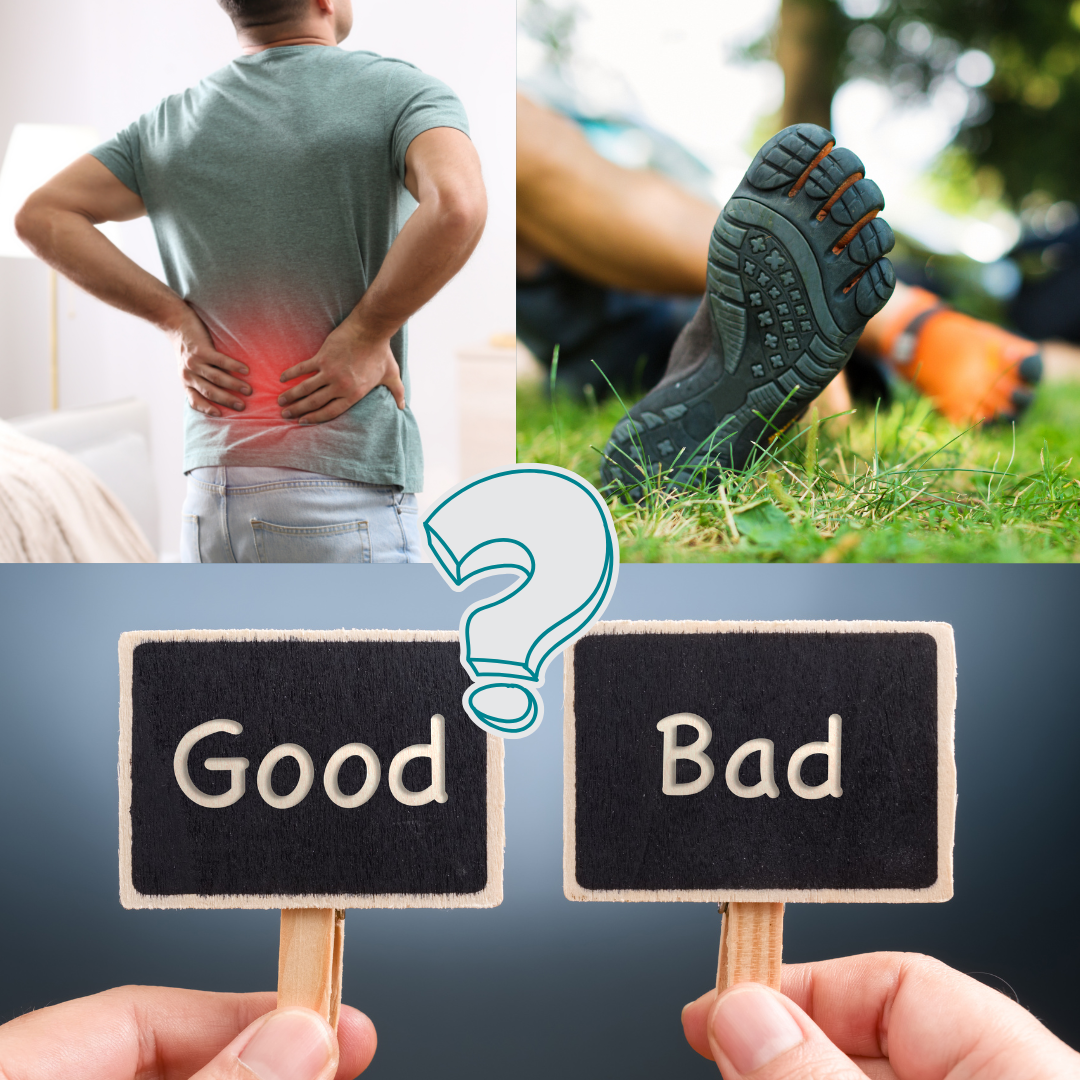As barefoot shoes gain popularity for their promise of natural movement and comfort, many wonder if they might be beneficial for back pain. It’s certainly something that patients have asked me about, so I thought we could take a closer look. If you’ve been curious about whether barefoot shoes could help or potentially worsen back pain, this guide offers expert insights and practical advice to help you make an informed decision.
What Are Barefoot Shoes?
Barefoot shoes are designed to mimic the experience of walking barefoot while still offering protection. They typically feature minimal padding, a flexible sole, a wide toe box for natural toe splay, and little to no heel lift. Proponents claim these shoes promote natural alignment, strengthen foot muscles, and encourage healthier movement patterns. But how does this impact people with back pain?
Potential Benefits of Barefoot Shoes for Back Health
For some people with back pain, barefoot shoes may offer surprising benefits:
Encouraging Natural Alignment and Posture
Traditional shoes with thick soles and built-up heels can sometimes interfere with our natural gait and posture. Barefoot shoes promote a more natural walking style, which may improve spinal alignment and reduce strain on the lower back.
Strengthening the Feet and Improving Stability
Barefoot shoes engage the small muscles in your feet that are often neglected when wearing highly cushioned shoes. Strengthening these muscles can improve overall stability and balance, helping to better support the pelvis and spine, potentially easing back pain.
Promoting Healthier Movement Patterns
By encouraging a softer, more mindful way of walking, barefoot shoes may reduce the jarring forces that travel up the legs and into the lower back. This gentler impact could benefit some individuals who struggle with mechanical back pain.
Potential Downsides of Barefoot Shoes for Back Pain
While barefoot shoes have their benefits, they also come with certain risks, particularly if adopted too quickly or if underlying issues exist:
Minimal Cushioning and Shock Absorption
Barefoot shoes offer little to no shock absorption. On hard surfaces, this lack of cushioning may transmit more force up to the spine, potentially aggravating certain types of back pain, especially in those with disc problems or joint stiffness.
Lack of Support
Many people with back pain also have issues further down the chain — like poor foot posture, ankle instability, or flat feet — all of which can impact the pelvis and spine. If your feet aren’t properly supported, barefoot shoes could make back pain worse instead of better.
TOP TIP – Think this is you then take a look at my FREE Masterclass where we consider if your alignment may be causing your pain and together we complete a 3 point assessment – so you can make improvements today.

Increased Risk of Overuse Injuries
Jumping straight into barefoot shoes without preparing the body can overload muscles and joints that aren’t used to working so hard. Overuse of weak or tight muscles in the feet, calves, hips, and back can lead to increased discomfort.
Adjustment Period
Transitioning to barefoot shoes requires time and patience. A rapid change in walking mechanics without proper conditioning can place strain on the lower back, hips, and pelvis.
Tips for Trying Barefoot Shoes with Back Pain
If you’re interested in trying barefoot shoes but concerned about their impact on your back, here are some tips to ease the transition:
Get Your Body in the Best Shape Possible
The better aligned and stronger your whole body is — from feet to pelvis to spine — the more successful you’ll be. My Pain-Free Back Program combines a staged exercise plan, self-assessment tips, and everything I’ve learned from years of treating back pain to help you build a more resilient back.
Start with Barefoot Shoes that Offer Some Cushioning
Some minimalist shoe brands now offer slightly cushioned versions. These can bridge the gap between full barefoot and traditional shoes, giving you the benefits of better movement patterns without excessive strain.
TOP TIP – Take a look at my guide to the best shoes on the market. The Ultimate Guide to Barefoot Shoes: Benefits, Drawbacks, and Top Picks for Foot Health
Transition Gradually
Start by wearing barefoot shoes indoors or for very short walks. Gradually increase your time as your feet, legs, and back adjust. Pay close attention to any signs of discomfort.
Consider Hybrid or Transitional Footwear
If pure barefoot shoes feel too aggressive, hybrid minimalist shoes can offer a safer middle ground while you build strength and resilience.
Focus on Low-Impact Activities
Barefoot shoes are best introduced during gentle activities like indoor walking, light errands, or controlled strength exercises — not during long hikes or runs on hard pavement.
Consult with a Physiotherapist or Podiatrist
Every back pain story is unique. Getting personalised advice on whether barefoot shoes are a good fit for your body can make all the difference.
Best Barefoot Shoes
If after reading this and weighing up the pros and cons you are still keen to try barefoot shoes then take a look at this;
The Ultimate Guide to Barefoot Shoes: Benefits, Drawbacks, and Top Picks for Foot Health
Alternatives That May Be Better
You may also find these related blogs helpful:
- Can the Wrong Shoes Cause Back Pain?
- My Go-To Walking Shoes for Achy Backs (and Why They Work)
- The Best Barefoot Shoes: Top Picks for Natural Foot Health
Conclusion: Are Barefoot Shoes Right for You?
Barefoot shoes can offer real benefits for some people with back pain, promoting better posture, stronger muscles, and a gentler walking pattern.
However, they aren’t a magic bullet — and they’re certainly not right for everyone.
If you’re considering barefoot shoes, it’s essential to transition gradually, choose models with slight cushioning if needed, and listen closely to your body.
And remember: footwear is only part of the solution. Building a strong, resilient back takes a comprehensive approach.
To learn how to create a healthier, happier back, explore my FREE Back Pain Masterclass — I’d love to help you on your journey to better movement and less pain!
Take care,
Helen
Helen Manders BSc (Hons) MCSP HCPC
Chartered Physiotherapist
Treating Back Pain Since 2001



